Ever have a mass amount of food pictures that you want to post? You can’t always post on Facebook because people could get annoyed and think you’re one of “those people.” Instagram is a more acceptable place, but mass posting isn’t exactly encouraged. Yelp is a great place for posting all your photos, but then you feel obligated to write a review, and ain’t nobody got time for that.
Enter the latest app, Yummi, where posting of all your carefully photographed food pictures is encouraged. I had the pleasure of interviewing founder, Pete, about his journey of creating the latest and hottest food app.
Spoon: What inspired you to start the app, Yummi?
Pete: The motivation of the app spawned from observation that lots of people are taking pictures of food nowadays with the advent of the smartphone. Some post them on social media platforms, but for the most part, a good 90% (self-assessment from random survey) of all food photos taken don’t go anywhere. They either stay in one’s phone forever never to be looked at again, or get deleted to free up for memory space. Sure, there are backup apps such as Dropbox, Evernote, and Google Photos that allow you to keep it in the cloud, but they are not linked to any meaningful attributes to make the contents findable/searchable.
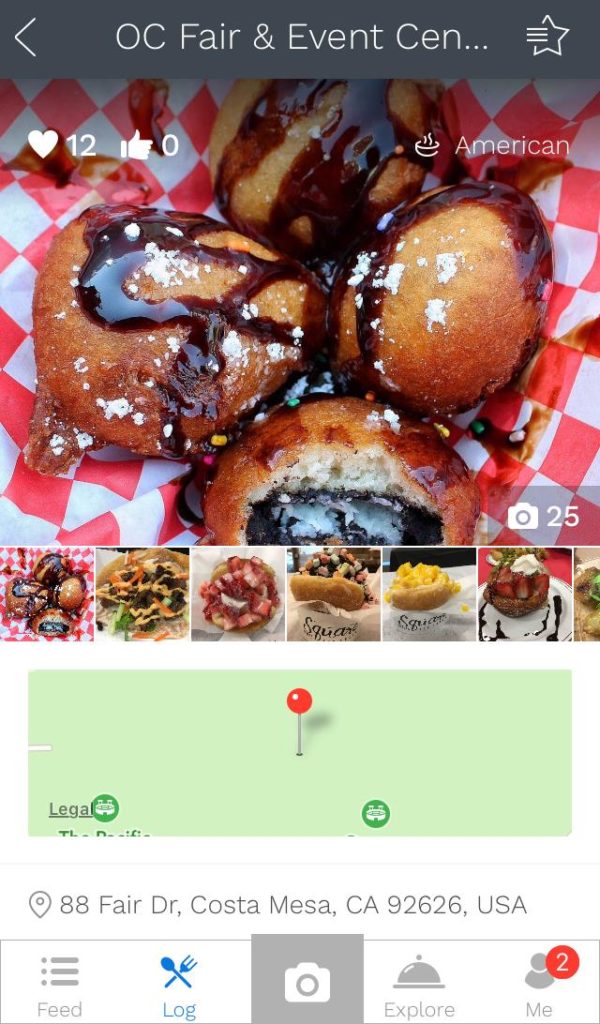
Photo by Hana Brannigan
So the initial idea was to create a food journal, or photo bank, to store and organize these images by associating them to locations/cuisines enabling them to be searchable. Things just evolved and the social component was added because it just makes sense to enable people to share.
Spoon: In your opinion, what makes Yummi different from Yelp, Instagram, or other food apps?
P: I like to think we are similar in that we have sort of learned and adopted principles of these three platforms that serve what is best for food sharing. But if you think about it, all these platforms were created to serve, for what I call, the “general use.” It’s not just purely focused on the food vertical. Hence, there are limitations to some of the functions and features. Food lovers have certain needs for remembering and sharing good food with friends. Just like LinkedIn is created to serve the vertical needs of networking/recruiting experience, a dedicated app with tools to meet the needs of the eating experience is also needed.
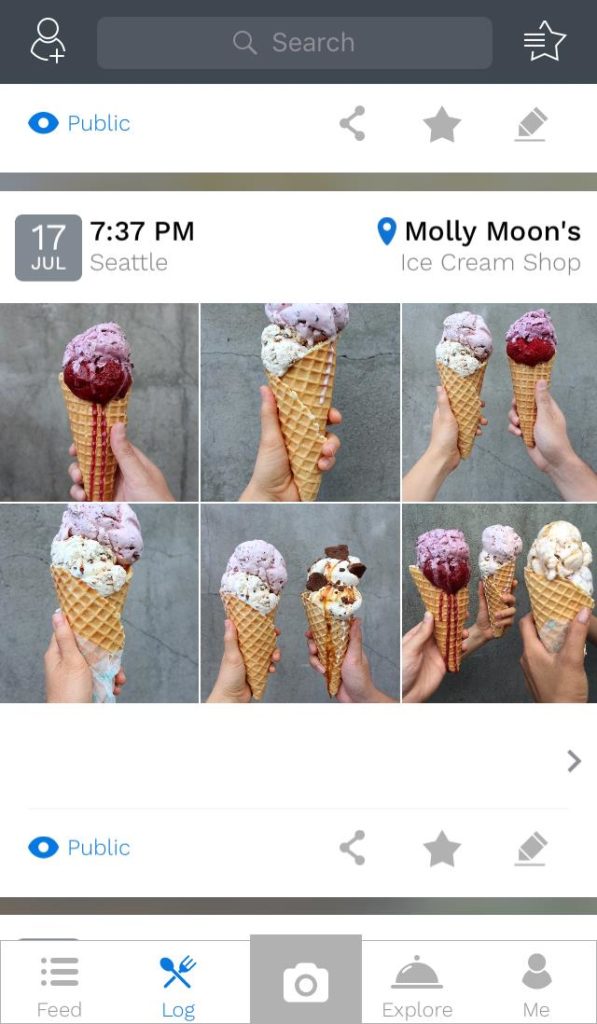
Photo by Hana Brannigan
For example, we tend to trust our friends over strangers when it comes to anything, but very much so for food. If you look at Yelp, it’s a great source as a directory for restaurants, but that’s where it ends. It’s not so much a social network as it is a directory for local businesses and not just food places. Because it’s not designed as a social network, the information you see on Yelp are all from random strangers. Sure, you can befriend them, but they are still strangers and not true friends. So that limits the trust and credibility/authenticity factor in the recommendations.
And as for Instagram, that is also a general social platform created to enable sharing of just images (now video, too) in a quick and easy manner. The platform took off like a rocket, and that’s largely thanks to the growth of food images shared (I want to take a guess probably 30% of all images on Instagram are food).
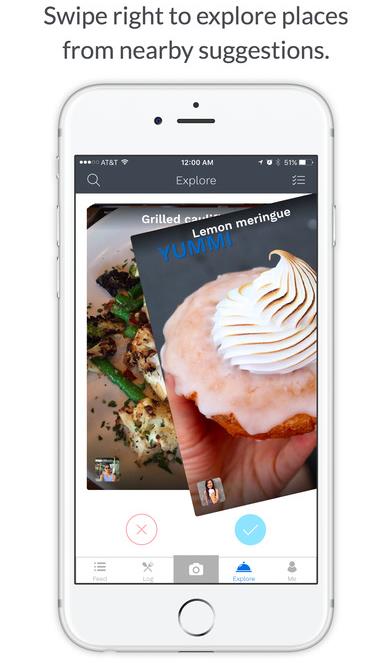
Photo courtesy of Yummi
But the platform is limited when it comes to functions and features that enable users to get any value of food images. I would say sharing food images compared to any other type of images on social platforms is different.
What does that mean? When someone sees mouth-watering, delicious food images, they crave for it. But in that instance, they can only give it a “like.” Maybe a location is tagged to that post (most of the time, it’s not), and the target audience actually will never get to eat the food that they drool over. It’s because Instagram doesn’t have the ability to make these food images searchable. It gets lost in time and will never be looked at again. This is what I coined the “so-what experience” when it comes to posting/seeing food images on Instagram (or Facebook) just for “likes”.
Yummi aims to change all these limitations. We want to help extract more value out of food images that are posted and shared on social network. We’ve built a platform that enables all food posts to be searchable and “findable.” They can be recalled by geolocation proximity so you can actually eat the food from that amazing image you saw in the past. This is our NearME feature. Other functions such as “favoriting” and direct sharing make it really easy to recall and forward recommended posts to friends.
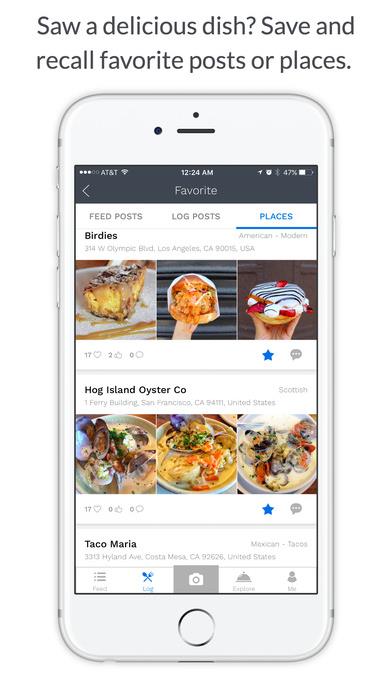
Photo courtesy of Yummi
You only follow other users, usually friends or foodie/food bloggers, who you trust with their food tastes. You can also share home cooked meals or awesome groceries you discover.
Most importantly, Yummi is a platform designed to create utility benefiting the individual user first and foremost. It’s about offering each user a tool to keep a journal or repository (memory bank) of your food intake/discovery. That is what I call self-benefit. The social part of sharing to friends just happens automatically in the design of the overall user experience. We are different than FB, Instagram, Wechat, or Twitter in that those platforms primary focus on sharing and so your followers only benefit from if you share.
We also place a lot of emphasis on privacy in the app because we know not everyone wants to share everything. So with Yummi, a user who doesn’t like to share still can use Yummi as a journal/memory bank by toggling all their posts visibility to private mode.

Photo courtesy of Yummi
Spoon: How isthe app doing so far with it being about a month into the launch?
P: The app is doing OK so far. We have not launched any major marketing campaigns. It’s really just a soft launch to get us on the App Store so it would make it easier for beta users to tell their friends to try. We got our first mention in the media on Digitaltrends.com, which isn’t a large publication, but it’s a great start.
Spoon: Did you ever think you would create an app? Was it something you’ve always been interested in doing?
P: Great question. In my 20 year career, I’ve mostly worked in the corporate world, but have always had an interest in entrepreneurialism. Yummi is my third startup. The first was in 1998, the second in 2007, and now Yummi. Back to your question about creating an app. My brain is full of ideas. And yes, creating an app was the natural move since the world is completely mobile now.
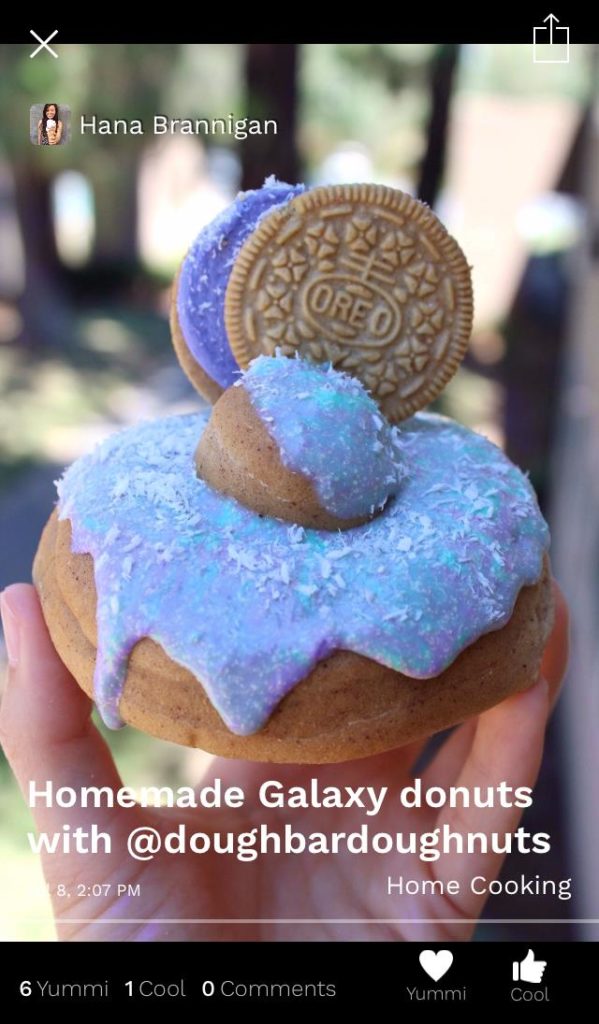
Photo by Hana Brannigan
Spoon: How did you gather your team that you have now? Are you thinking of expanding?
P: Our current team is small. There are only four of us – myself, a UI designer, backend engineer, and iOS developer. For the most part, pretty much all of the coding is outsourced. Yes, we are planning to expand. We are in the process of raising our seed funding.
Spoon: Where do you see Yummi in 5 years?
P: Honestly, when I started down this path from the original idea, I never thought the product would evolve to where it is today. It has turned into a really powerful utility tool for anyone that loves to eat and wants to share and find good food among friends.
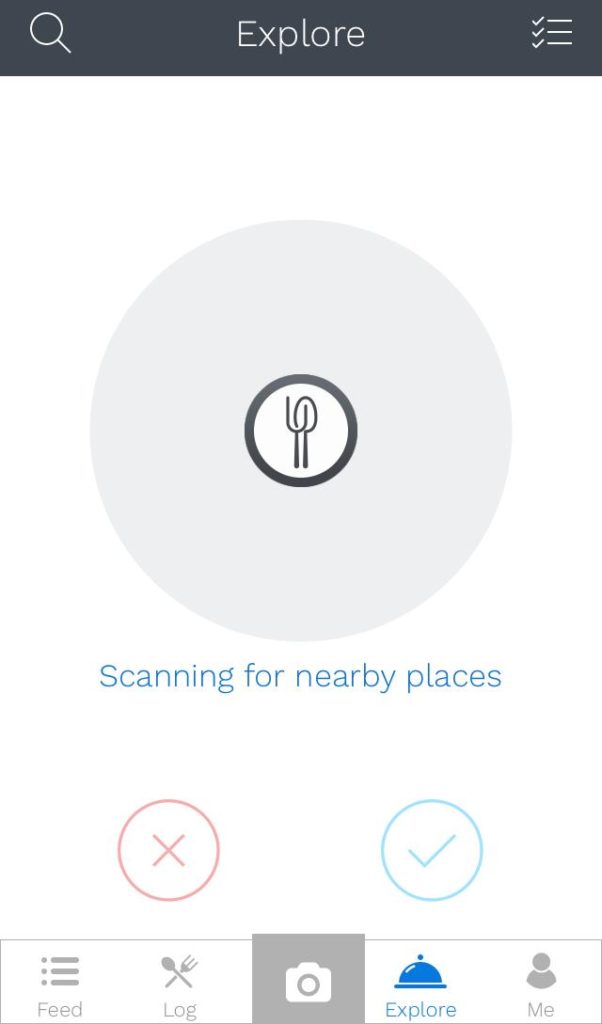
Photo by Hana Brannigan
I’ve shown this to friends, family, food bloggers, some small investors and just about 9 out of 10 people responses have been nothing but positive raves and reviews. They are in awe that no such app currently exists out there combining all these features under one platform to serve what I call the “eating experience.”
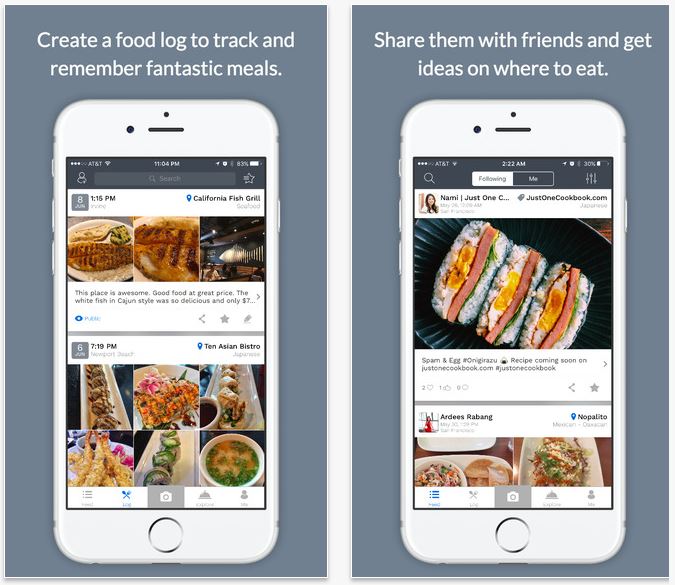
Photo courtesy of Yummi
So in five years, I want Yummi to be for the eating/food sharing experience as what LinkedIn has done to serve the recruiting/networking experience. I think the world needs an app like Yummi to help connect us through food.
Yummi is in the process of developing awesome new features that is making it a lot more interactive. If you’d like to stay in the loop and brag that you were one of the first users on Yummi, it will soon be available in the app store and Google Play.


